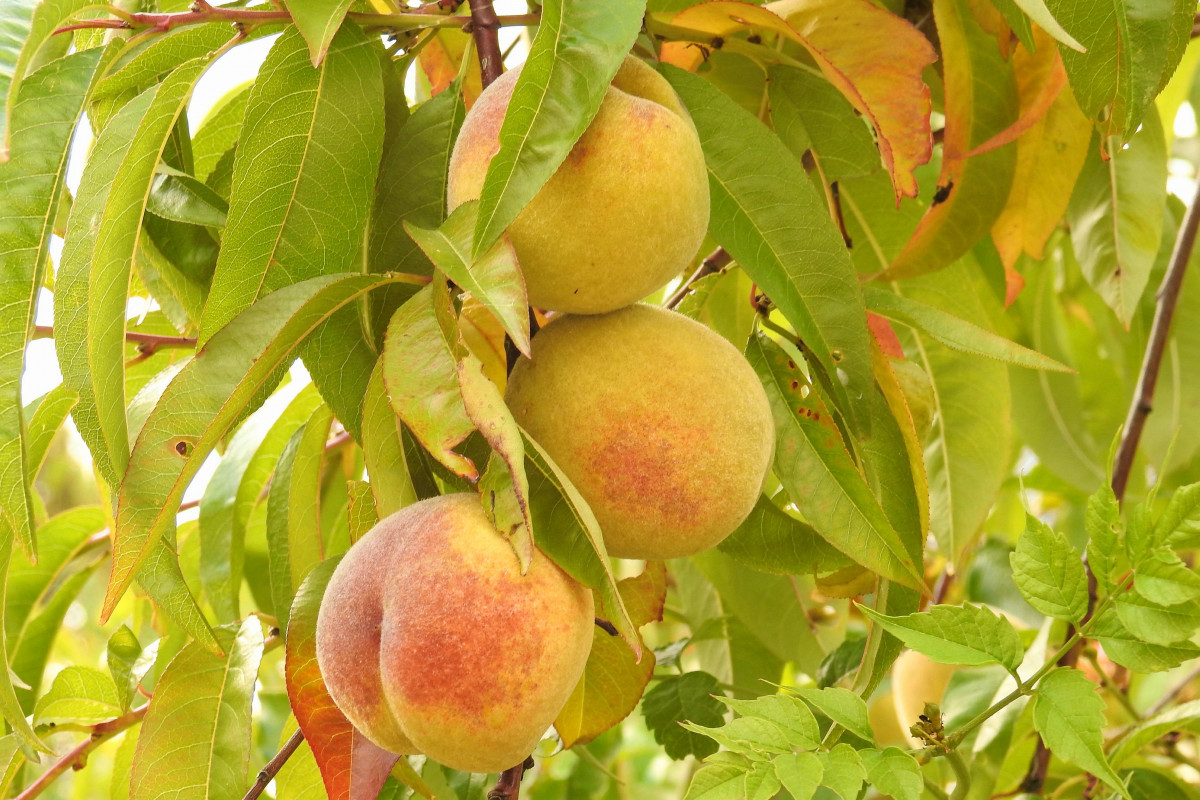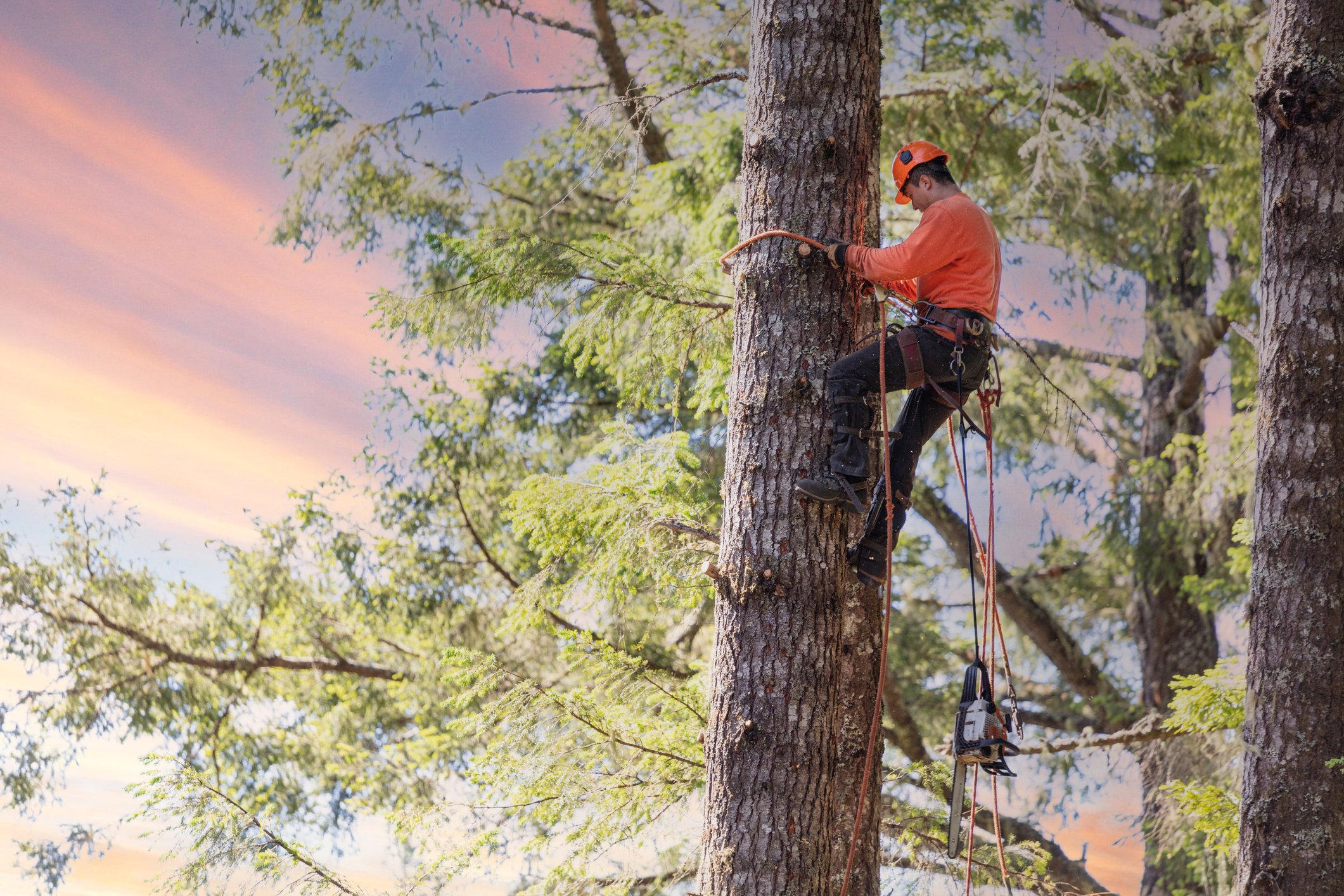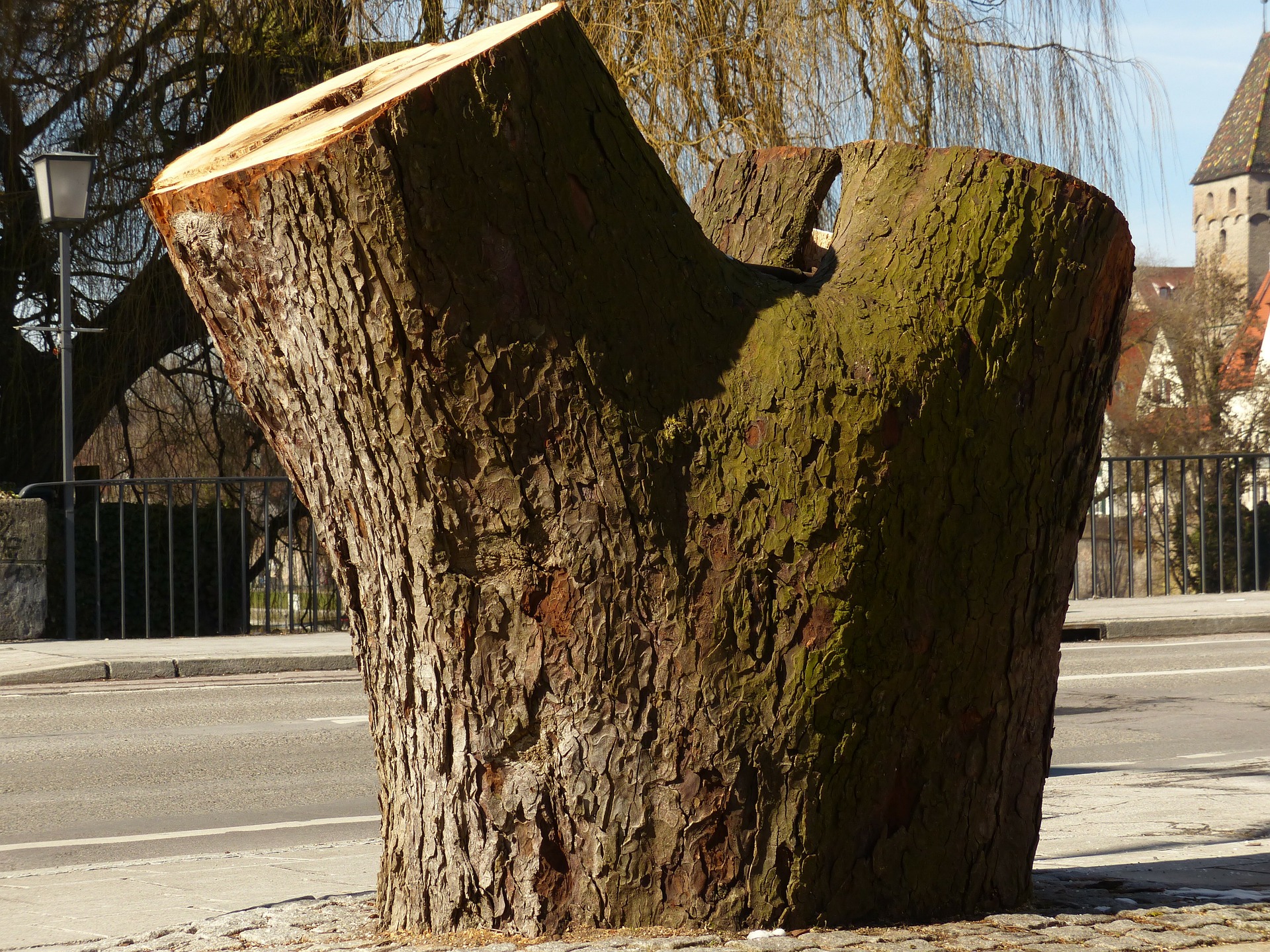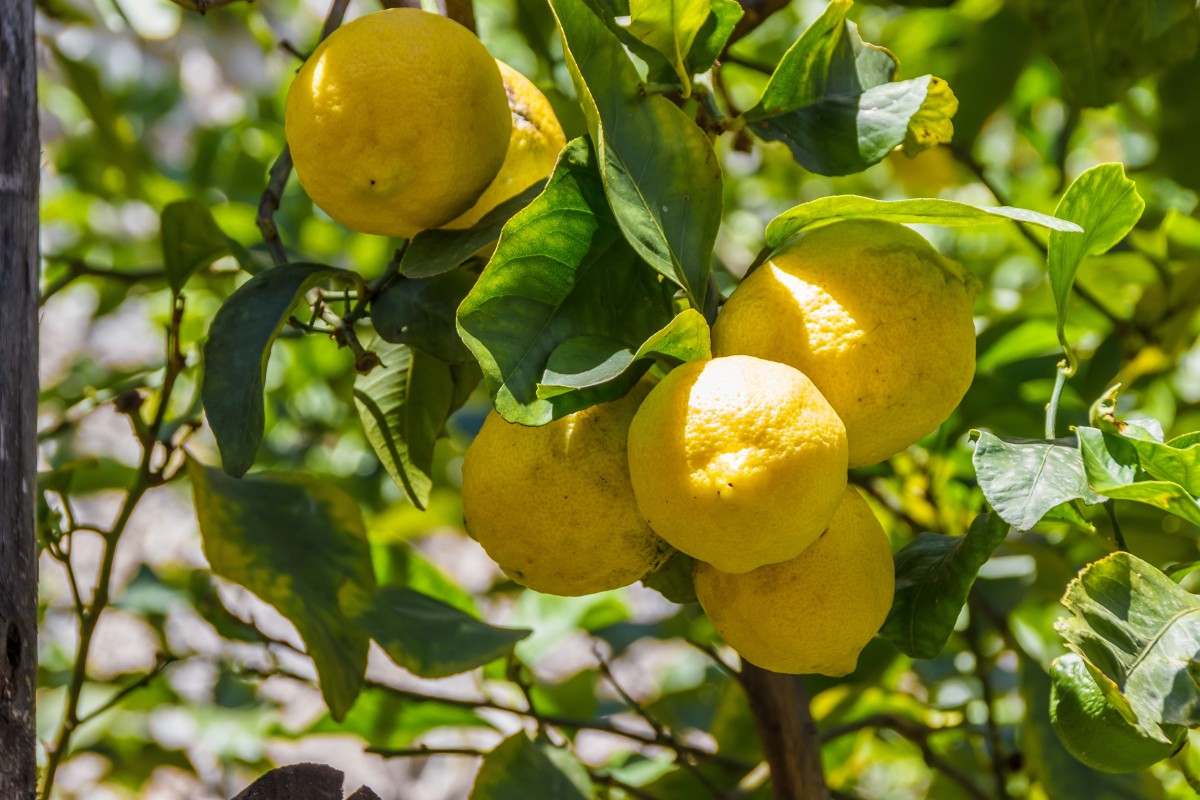3 Steps for Pruning an Apricot Tree
The apricot tree is usually grown in the open air, and pruning is not mandatory because it spontaneously takes on a balanced habit. However, it is recommended to obtain more beautiful fruits.
It may also be necessary to prune the tree to grow it in a palisade under the shelter of a wall in colder regions than its usual geographical cultivation area.
Pruning is done outside of the frost period at the end of winter. If you are afraid of making a mistake in the choice of fruiting or vegetative branches, you can wait until the fruits have started to form.
Pruning can also be done in summer if the vegetation is too important.
Important: this method is valid for all stone fruit trees (cherry, peach, plum, etc.).
Focus on the tools
The branch cutter with a telescopic handle, which is comfortable, is optional.
The weeder and the saw with telescopic handles avoid a double ladder’s inconvenient and sometimes dangerous use.
The saw blade can be easily removed for easy handling.
This tool allows you to prune trees up to 2 or 3 m high without a ladder.
Pruning apricot trees in the open air
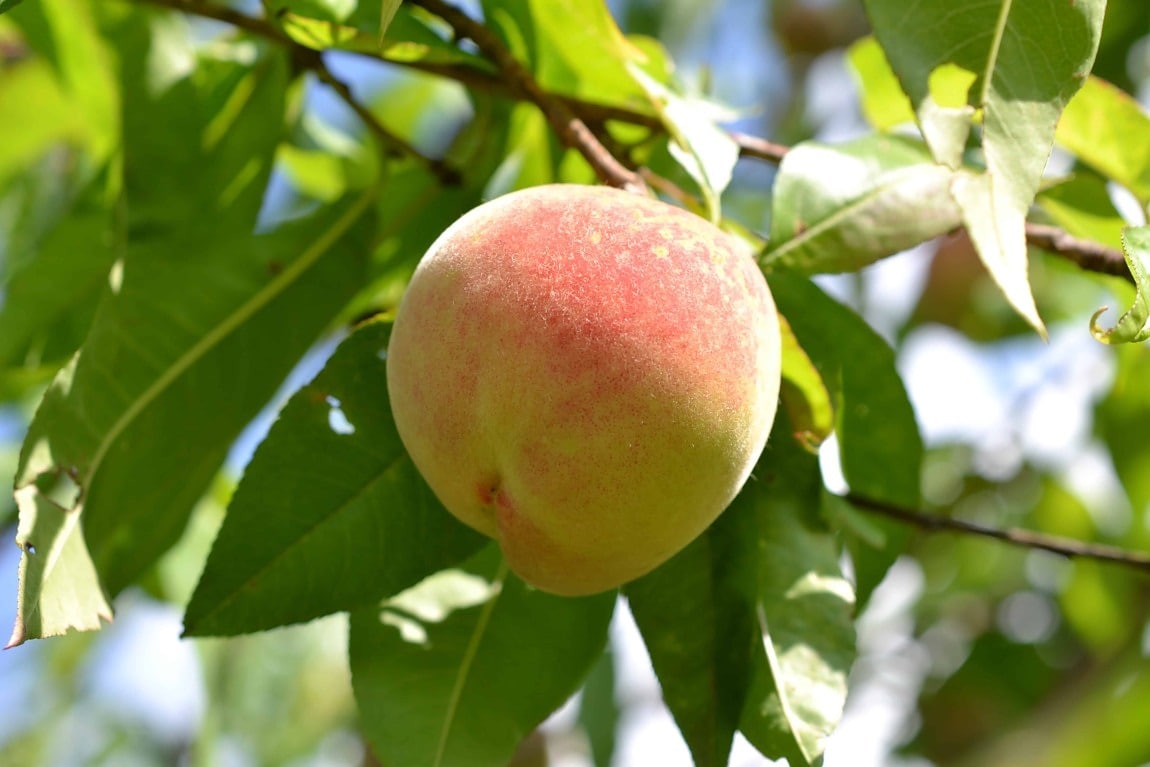
Like all stone fruit trees, the apricot tree does not tolerate severe pruning and reacts by producing large quantities of gum, which is conducive to developing diseases.
On the other hand, this tree is characterized by a natural branching at the ends of the branches, which will bow and bend under the weight of the fruits, secondarily leading to new branches’ growth on the upper face of the bends.
You will therefore prune in two times:
Once at the end of winter, reinforce the tree’s growth and rejuvenation.
Once in the summer, slow down the too-vigorous vegetation.
1. Prune the apricot tree at the end of winter
Pruning at the end of winter reinforces the growth of the tree and its rejuvenation:
Remove the most sagging branches, as well as dead or diseased wood, with the branch cutter.
At the end of the divided branches, leave only one stem by removing one or more branches with the pruning shears.
For branches inaccessible from the ground, use the pruning shear and its saw at the end of the telescopic handle to remove the few branches that would be too big for it.
Keep the branches bearing only flower buds, shortening them if they are too long, and keeping about 4 to 5 buds.
Do not touch the flower clusters if they are already there.
Shorten branches with only woody eyes (smaller, pointed ones), leaving only 3 or 4 eyes.
Remove suckers (large branches with only woody eyes) close to the main branch.
Prune the other mixed branches (bearing both wood eyes and flower buds, larger and rounder) above a wood eye that will be used to draw sap, taking care to keep at least 4 or 5 flower buds.
The cut must be clean. To do this, use the thickest part of the cutting tool (pruning shears, weed whacker, branch cutter) against the wood to be removed to leave a clean cut on the trunk side.
2. Prune the apricot tree in summer
Pruning in the summer allows you to slow down the overly vigorous vegetation of certain trees and thus favours the development of fruit-bearing branches. To do this:
Remove one or two twigs per branch.
Preferably remove branches that go towards the tree’s interior to aerate it. You will also prepare the progressive renewal of the fruit-bearing branches.
To prune correctly, always press the thickest part of the cutting tool (pruning shears, hook, branch cutter) against the cut wood to leave a clean cut on the side of the trunk.
Tip: every 4 or 5 years, cut back half of the main branches to obtain new and more fruitful branches from the 2nd year onwards.
3. Treat wounds to avoid diseases
Systematically brush the wound of the cuts, as soon as they are a little important, with a special protective and treating clay-based paste sold in the shops. Use the applicator tip of your healing balm or a spatula to do this.
Before applying this product, make sure the cut is clean and neat. If not, remove any remaining sawdust or bark (by hand, with a brush or a sharp knife, depending on the case).
This will prevent the spread of diseases that easily affect the apricot tree following a wound.
For the same reason, make clean cuts with well-sharpened and carefully cleaned tools before each pruning episode.
Case of trellised apricot trees
For trellised trees, apply, in summer, the same principles of maintenance pruning as for open forms.
However, annual pruning is essential to:
Maintain the trellis shape: whether it is U-shaped, double U-shaped, palmette or fan-shaped, you will strive to maintain the shape by removing excessive or unsightly branches and twigs (especially gourmands).
Control the circulation of sap by systematically encouraging the development of buds that will bear fruit and by carefully regulating vegetation development.
Equipment needed to prune Apricot trees
Branch cutter
Tree pruner with saw and telescopic handle
Healing putty
Pruning shears
Spatula
